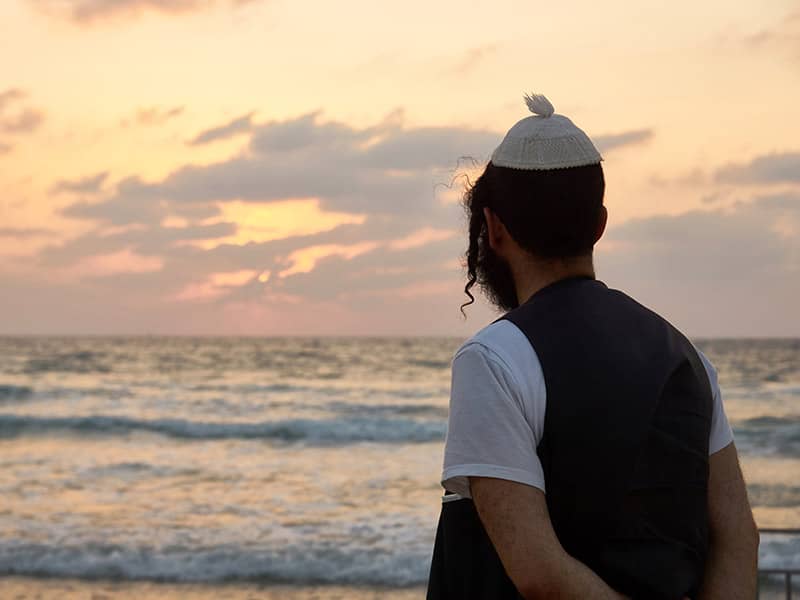2024-05-07
2024-05-07
More from beliefnet and our partners

